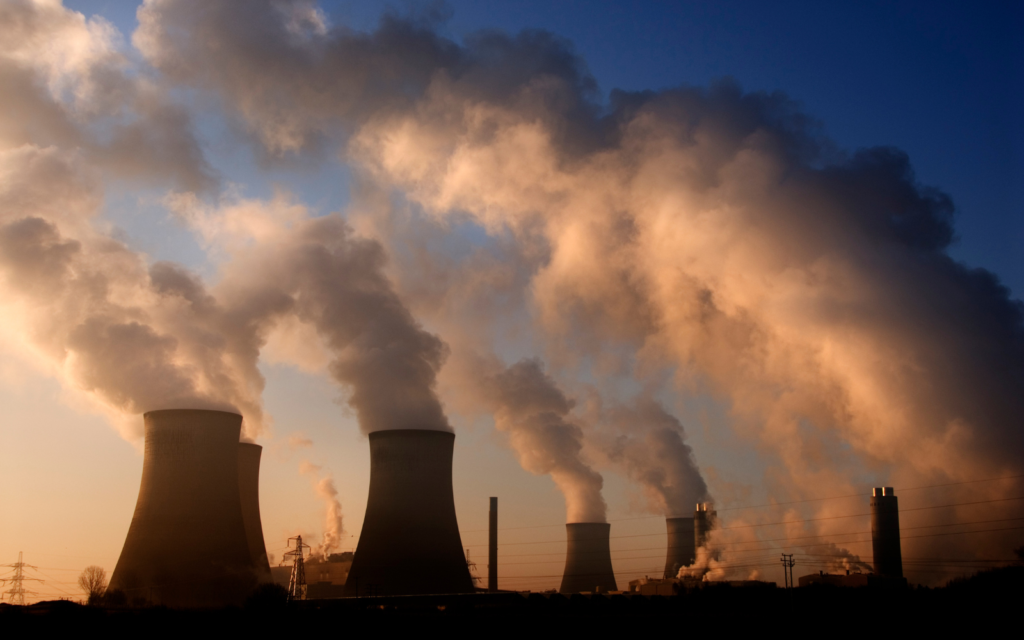One would think a country with a limping power grid would be opening up new power stations – not closing them down. On Monday Eskom announced it was shutting down the last remaining generation unit at the coal-powered Komati power station.
“Unit 9 was commissioned in March 1966, the last of nine units that were built. Other units were shut down over the years as they reached the end of their operating life, a legislated requirement,” the power utility said in a statement.
Is that load shedding we smell?
If the next thought through your mind was ‘here comes more load shedding’, don’t worry. The lonely unit at Komati was only generating 121MW of power. A small drop in the pool of 18,678MW currently unavailable generation capacity, according to a statement made on 30 October.
Read More: Eskom needs to add 53GW of energy to the grid before 2032 – or else
But it isn’t all bad news. Eskom said no employees will lose their jobs due to the closure. It has transferred most of the staff to other power stations. Maybe things will run a bit smoother at those stations now.
Additionally, the state-owned utility said it will convert Komati power station into a renewable energy generation site. It plans to use the existing transmission infrastructure and outfit the station with 150MW of solar and 70MW of wind power generation. It also plans to supplement that with 150MW of battery storage capacity.
Read More: Load shedding | SA may need more than 160 million solar panels in the next decade
Members of staff not transferred to other stations will undergo training as part of the Komati Repowering and Repurposing project.
“The development of the Komati Training Facility to facilitate the reskilling, retraining, and upskilling of Eskom employees and members of the community, as appropriate, is underway.”
Eskom goes on to say that this decommissioning, repowering, and repurposing project of the coal-powered plant is one of the largest in the world and will “serve as a global reference on how to transition fossil-fuel assets”.




